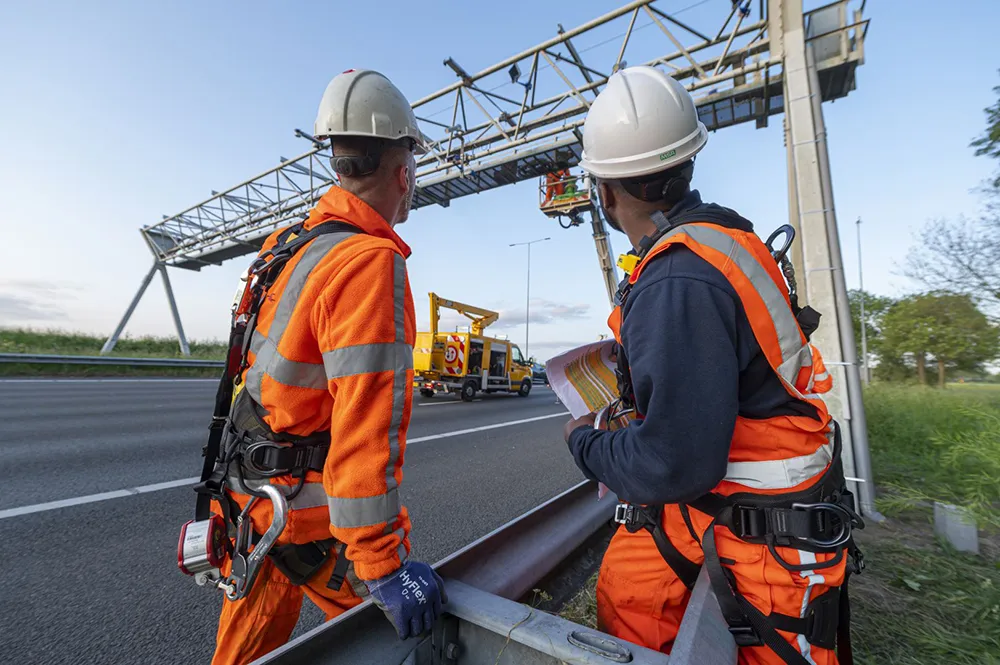AGD Systems has a strategic new partnership with Qatar-based Traffic Tech Group to introduce its award-winning pedestrian detection solutions in the Middle East. Traffic Tech Group will be AGD’s exclusive global distributor for Puffin and Toucan pedestrian crossings in the region to increase pedestrian and cyclist safety and improve traffic flows. On-street trials of AGD-enabled Puffin and Toucan schemes commenced in November 2014 at a dual pedestrian crossing on the busy Al-Jazeera Al-Arabiya Road in Doha,
March 12, 2015
Read time: 2 mins
Traffic Tech Group will be AGD’s exclusive global distributor for Puffin and Toucan pedestrian crossings in the region to increase pedestrian and cyclist safety and improve traffic flows.
On-street trials of AGD-enabled Puffin and Toucan schemes commenced in November 2014 at a dual pedestrian crossing on the busy Al-Jazeera Al-Arabiya Road in Doha, Qatar. Local feedback has been extremely positive and the AGD Puffin and Toucan schemes have now received approval from the Qatar Authority.
The Puffin crossings use a combination of nearside signals and pedestrian ‘push button’ demand units with AGD 640 pedestrian detectors to automatically vary the length of the pedestrian period. This gives pedestrians the time they need to cross the road and if the pedestrian leaves the wait area, the demand is cancelled, freeing up the traffic.
AGD’s 226 radar continuously monitors the pedestrians when they are on the crossing, only allowing vehicle traffic signals to turn back to green once the crossing is completely clear. The fact that the system is detector-based ensures that waiting time for traffic is minimised while maintaining safety for vulnerable road users.
Faris Bakir, head of Traffic Signal Projects at Traffic Tech, said: “On-street trials of AGD’s Puffin and Toucan schemes went very well and we are delighted they have now received approval by the authorities. This will open the door for using AGD’s solutions for existing and new projects in Qatar and subsequently, the wider Gulf region.”










